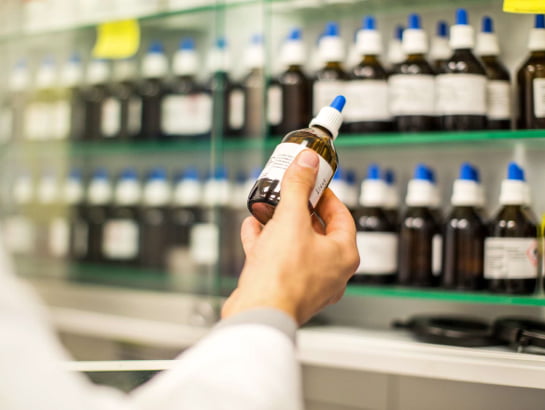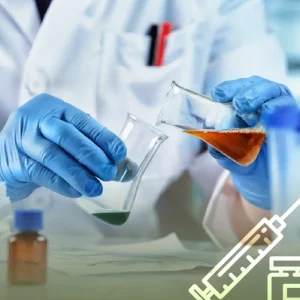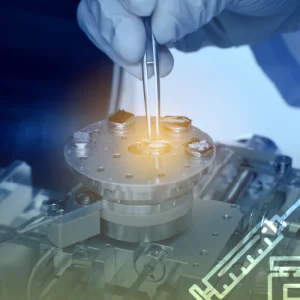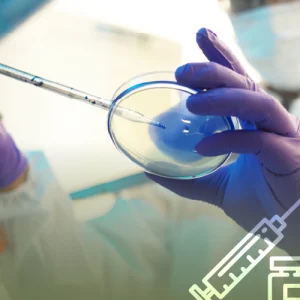Stability testing of sterile packaging and medical devices is of utmost importance in healthcare. These tests aim to evaluate the ability of packaging to maintain sterility and the integrity of medical devices over time. By exposing the packaging and devices to actual storage and transport conditions, such as temperature, humidity, and light, it is possible to identify potential failures and take corrective action to ensure product quality and safety.
The sterility of medical devices is critical to avoid infection and other risks to patients. Therefore, ensuring package stability is essential for preserving the sterility of devices throughout their life cycle. Stability testing allows you to evaluate the packaging’s resistance under different environmental conditions, identifying potential problems such as material degradation or loss of sterility. With this information, manufacturers can make improvements in packaging design, materials, and methods to ensure product integrity.






